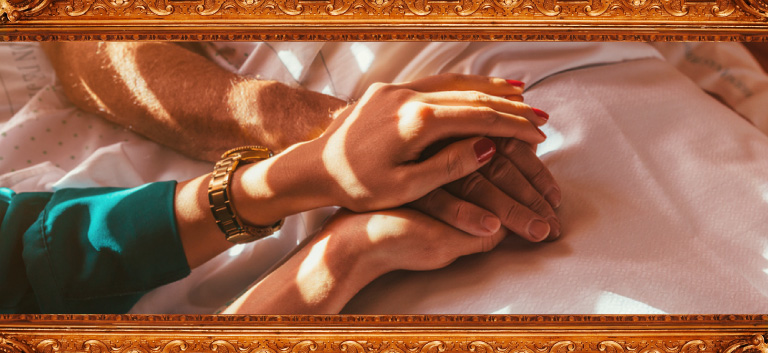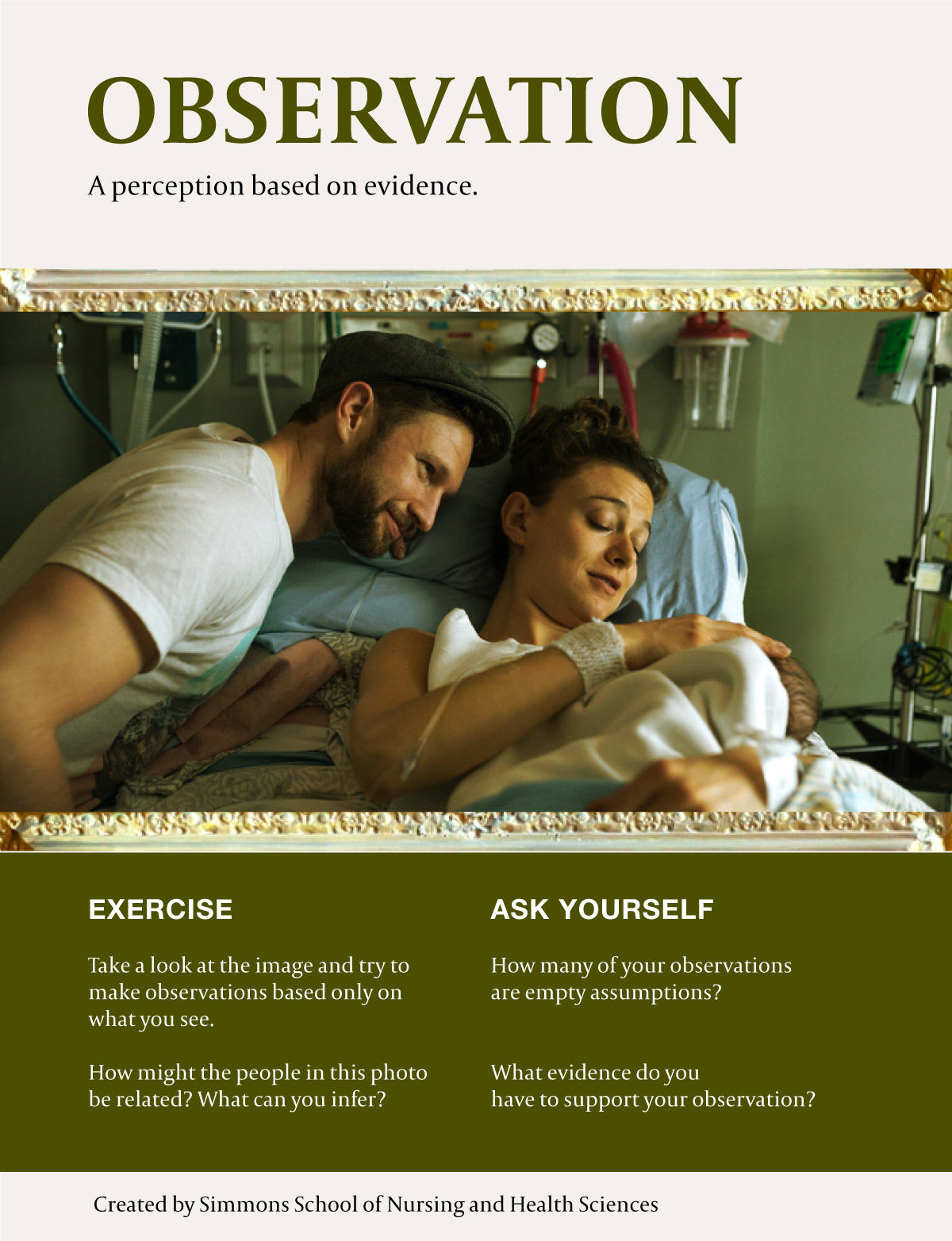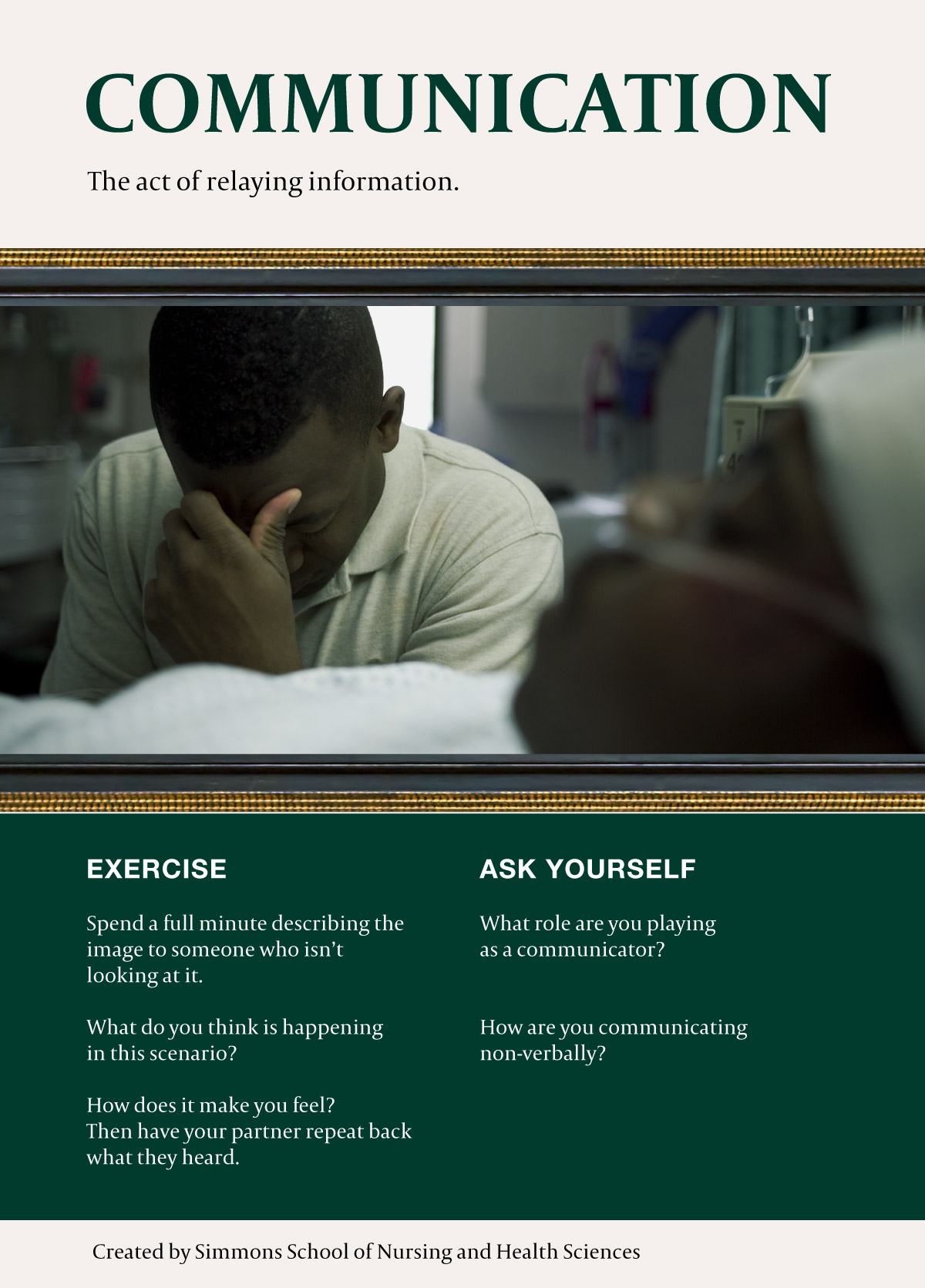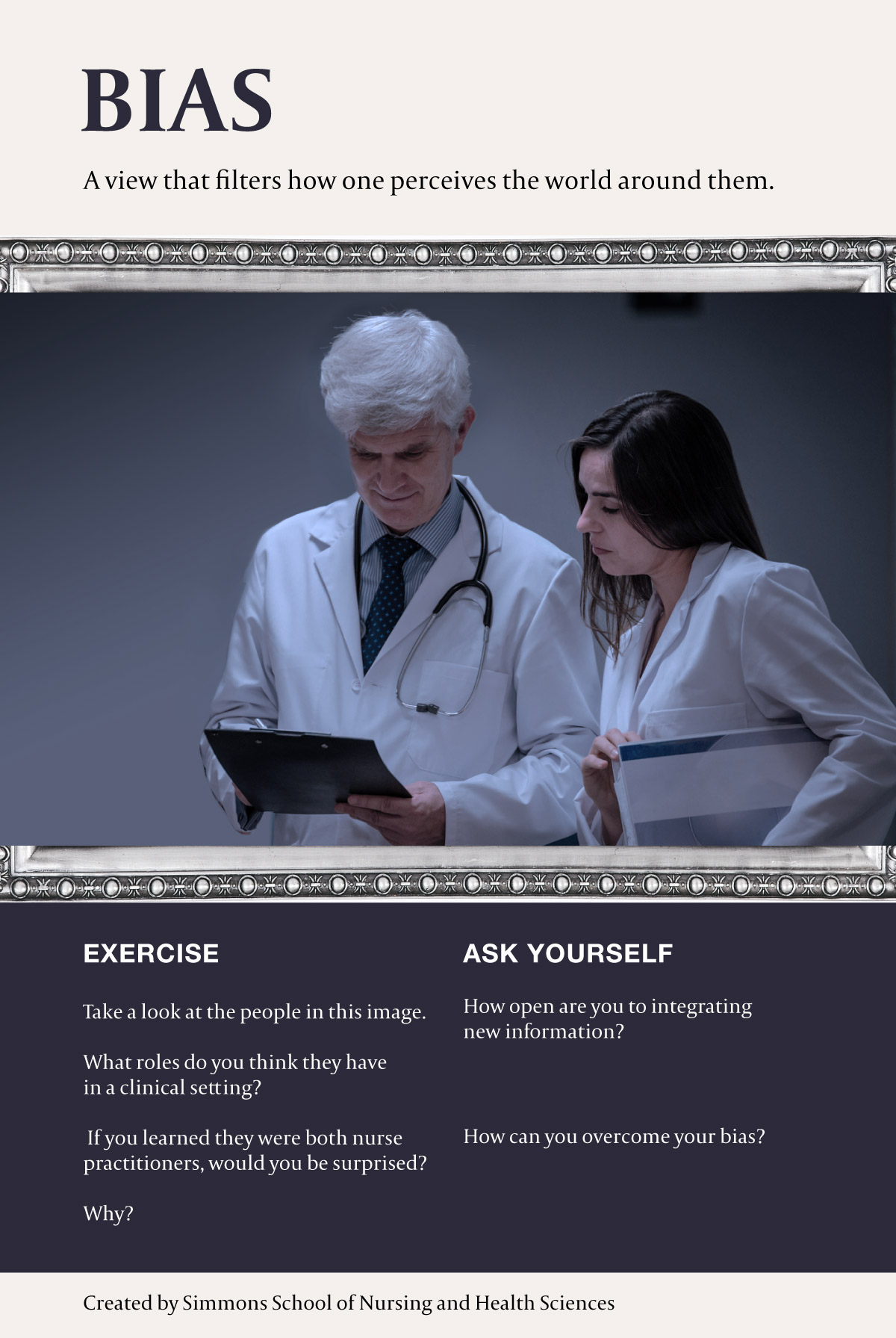Drawing on Strengths: How Art Transforms Primary Care

Over time, health care facilities start to look familiar: speckled linoleum tiles, crisply folded sheets, and starched curtain dividers — all different shades of faded pastels that appear more sterile than soft. A gurney with a squeaky wheel that pulls maddeningly to the left is steered expertly under fluorescent lights, through hallways perforated by multi-disciplinary treatment teams.
Amidst the bustling white coats and scrubs is a shared sense of anxiety; an air of warmth and tenderness that patients hope for can get lost. At the end of a 12-hour shift, providers are understandably exhausted, but the best caretakers know it is still important to extend compassion to patients in need.
With hours spent updating charts and moving from one patient to the next, it’s easy to get sucked into day-in, day-out tasks without pausing to notice the state of one’s own mental health. How can providers find respite from their schedule, and where?
Growing research suggests art therapy can be a source of mental and emotional renewal, and educators at the National Gallery of Art have developed a program to encourage members of the medical community to pursue exactly that. Their series, “The Art of Care for Medical Professionals,” discusses what medical professionals can learn from art to enhance their practice and connect with patients in a meaningful and compassionate way.
What is art therapy?
According to the American Art Therapy Association (AATA), art therapy uses creative processes and mixed media to help people “explore their feelings, reconcile emotional conflicts, foster self-awareness, manage behavior and addictions, develop social skills, improve reality orientation, reduce anxiety, and increase self-esteem.”
While art therapy is commonly recommended for patients who have survived traumas or are living with chronic conditions, there’s untapped potential for providers in need of restoring well-being or coping with work-related exhaustion.
Lorena Bradford, the National Gallery’s head of accessible programs, created “The Art of Care” with museum educator Julia Langley in hopes that medical professionals would make a habit of seeking creative outlets that enhance their ability to provide quality care.
How does art therapy improve patient outcomes?
Research shows that art therapy facilitates healing — be it physical, mental, or emotional — for participants across the life span. A 2016 study by the AATA found that even spending just 45 minutes on a creative outlet can greatly reduce cortisol levels, which indicated lower stress levels among participants.
When providers are in a positive mental state, they maximize their ability to communicate effectively, process new information, and make better decisions — all of which can have a beneficial effect on patient care.
To Langley, the benefit of creative outlets allows providers to “be in a new place and have an awareness of these skills that you know are important but you never get to think about in a deeper way.”
That self-awareness affects the way providers carry themselves and interact with patients. Artwork reminds viewers of their humanity, as people from a variety of backgrounds can feel emotional connections to the same piece of art.
The connection between the patient and provider is strengthened when they discuss art because it helps both parties understand each other more deeply, according to a review from Arts Council England. The resulting human connection is largely the difference between caring for a whole person versus managing their condition.
Being intentional with compassion is an all-but-new discussion in primary care. Nobel Peace Prize recipient Dr. Bernard Lown explored the difference between treatment and healing in his 1996 book, The Lost Art of Healing, in which he suggested that the demise of health care quality is a result of dehumanization. The industrialization of medical professions, he said, detracts from the personal connections that shape the healing process and leaves patients with poorer outcomes.
In order for treatment to truly yield healing, there must exist a level of emotional intelligence that allows providers to connect with their patients naturally and meaningfully.
What can health care providers gain from spending time with art?
Langley and Bradford knew discussing every facet of art therapy would be near impossible, so they worked to narrow the sessions to cover a few overarching skills: observation, communication, empathy, and bias.
The graphics below illustrate the fundamental competencies providers can develop from spending more time with art, which can be applied to their professional and personal interactions.

View the text-only version of this graphic.
Empathy
A feeling of understanding between two or more individuals.
Compassion compels people to connect with others, but empathy takes things one step further by urging them to look inward. Drawing on past experiences helps people relate to each other’s emotions, which deepens understanding and provides comfort.
While empathy is encouraged in most work environments, providers are warned about becoming too emotionally invested in their patients — in the instance that empathy consumes the provider, they can no longer offer help objectively, which can increase their stress levels and make their job more difficult to carry out.
How do providers safeguard themselves from bonding too deeply with patients? Finding respite in artwork is an opportunity to relax and check in with oneself, Bradford said. Getting away from the bustle of a clinical setting and spending time in a creative outlet, whether it’s visiting an art gallery or taking a painting class, can help renew energy and emotional balance after a demanding shift.

View the text-only version of this graphic.
Observation
A perception or point of view based on evidence.
Providers make observations constantly, especially when they perceive signs of a patient’s condition. A true observation, according to Langley, relies not on our pre-existing notions or assumptions, but rather on available evidence.
“In health care, it’s common to encounter scenes of chaos,” she said. “You have to use skills of observation and perception to make judgments in real time.” Those judgments can be clouded by assumptions or internalized information from previous experiences. While that experience is valuable in making decisions quickly, it can be a limitation for providers who seek deeper focus on the issue at hand.
Looking at art can help separate observations from assumptions because the viewer isn’t able to have the same type of dialogue with a painting as they would with a patient. How different would medical decisions be if providers could only act on what they see?

View the text-only version of this graphic.
Communication
The act of relaying information.
Medical professionals spend their day sharing information with patients, family members, and care teams, both in person and electronically. When communicating, it’s critical to consider the perspectives of others, as each member of a care team can have different priorities, backgrounds, or context that changes how they absorb observations and make decisions.
As the information becomes more complex, the risk of communication getting warped along the way increases. Bradford suggested that discussing art with another person is an opportunity to practice communication by sharing observations, listening intently, and providing meaningful feedback.
“You think you’re saying one thing, but the listener hears something entirely different,” she said. How can providers confirm patients understood what they meant? Asking for clarity, listening without interrupting, and paying attention to non-verbal cues are all ways to reinforce the teach-back method, through which providers ensure that a patient has internalized and processed new information.

View the text-only version of this graphic.
Bias
A view that filters how one perceives the world around them.
When looking at a piece of artwork, a viewer makes assumptions about what the artist intended, without knowing the meaning behind the work or the reasons why the artist made certain choices.
In health care settings, bias can limit providers from seeing the whole picture since it can dehumanize a patient into a sum of stereotypes or medical conditions. “We have to pay more attention to the stories we’re telling ourselves,” Bradford said. “Those stories flatten the subject and detract from their wholeness.”
While bias is typically seen as a negative limitation on observations, many providers rely on it as a shortcut for decision-making. Pre-existing knowledge about a patient’s background or predispositions can help providers make safer, better choices when developing treatment plans and can save critical time in a life-or-death situation.
Is it possible to control bias? When providers are more self-aware of the assumptions in their observations, they can delineate whether bias is helpful or not.
How can providers integrate these skills?
“You should listen carefully, you should look closely, and you should be empathetic. But when do you ever get to practice these things?” Langley asked. Providers are constantly navigating complex situations and rarely get time to step back and analyze how their behavior affects the outcome of a patient’s care.
“When things are chaotic is when it’s most critical to step back and check in with yourself,” Langley said.
Bradford hopes providers will incorporate these professional practices into their personal social interactions as well. “The goals you have for work are often the goals you have in your personal life, so these really are transferable skills,” she said.
Routinely integrating art therapy can be more effective than waiting until extreme stressors have taken their toll. Whether that’s creating artwork or visiting a gallery, it’s critical for providers to take time to center themselves and refresh their mental and physical space.
Citation for this content: Nursing@Simmons’ Online FNP Program


